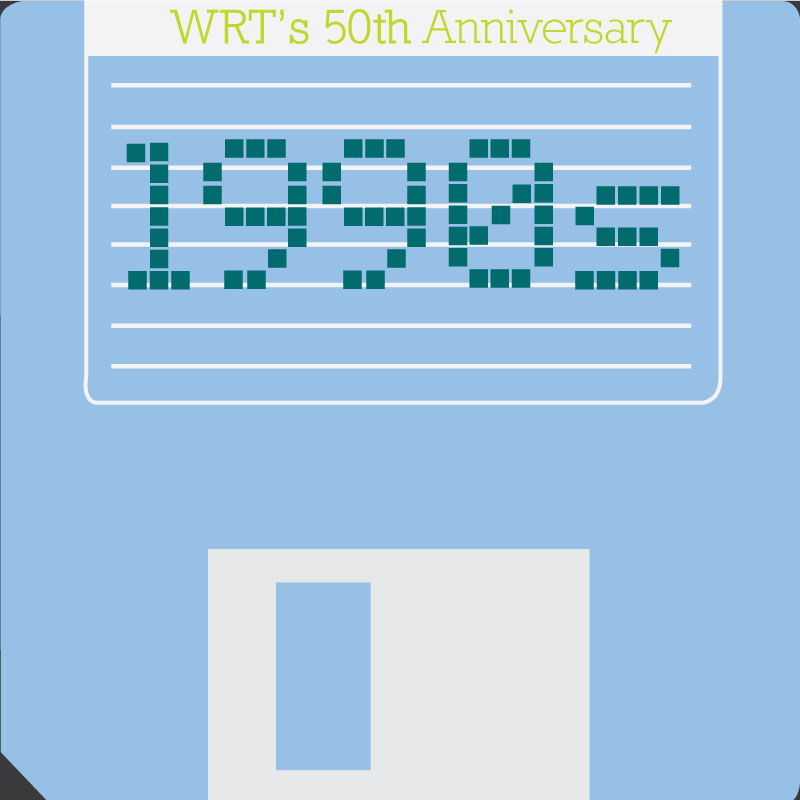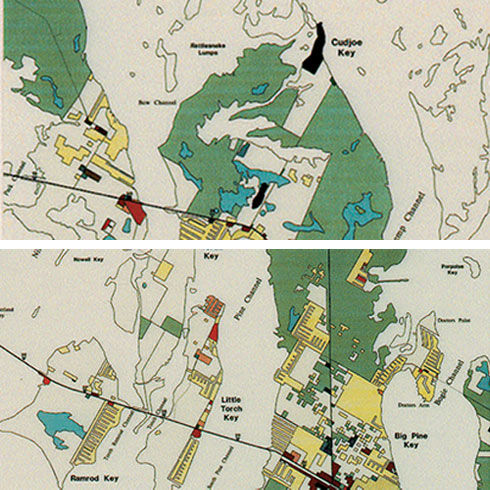The 90s marked the third wave of leadership at WRT, expansion of the firm in size and geographic reach, and the rise of technology throughout design and planning processes. More notable than the shift from Prismacolor to GIS, Adobe, and ACAD, the 90s were a period when many regions experienced a population and development boom. This boom is reflected in WRT’s portfolio of work in the 90s—ranging from comprehensive plans and parks and open space networks to housing and senior living communities.
As cities and regions grew, the public recognized the potential impacts planning and design projects presented to their communities and demanded a voice in decisions regarding quality of life. The emergence of public involvement in all stages of planning and design sparked WRT to evolve beyond the analytical response to problems and develop innovative approaches and solutions based on the public’s values.

